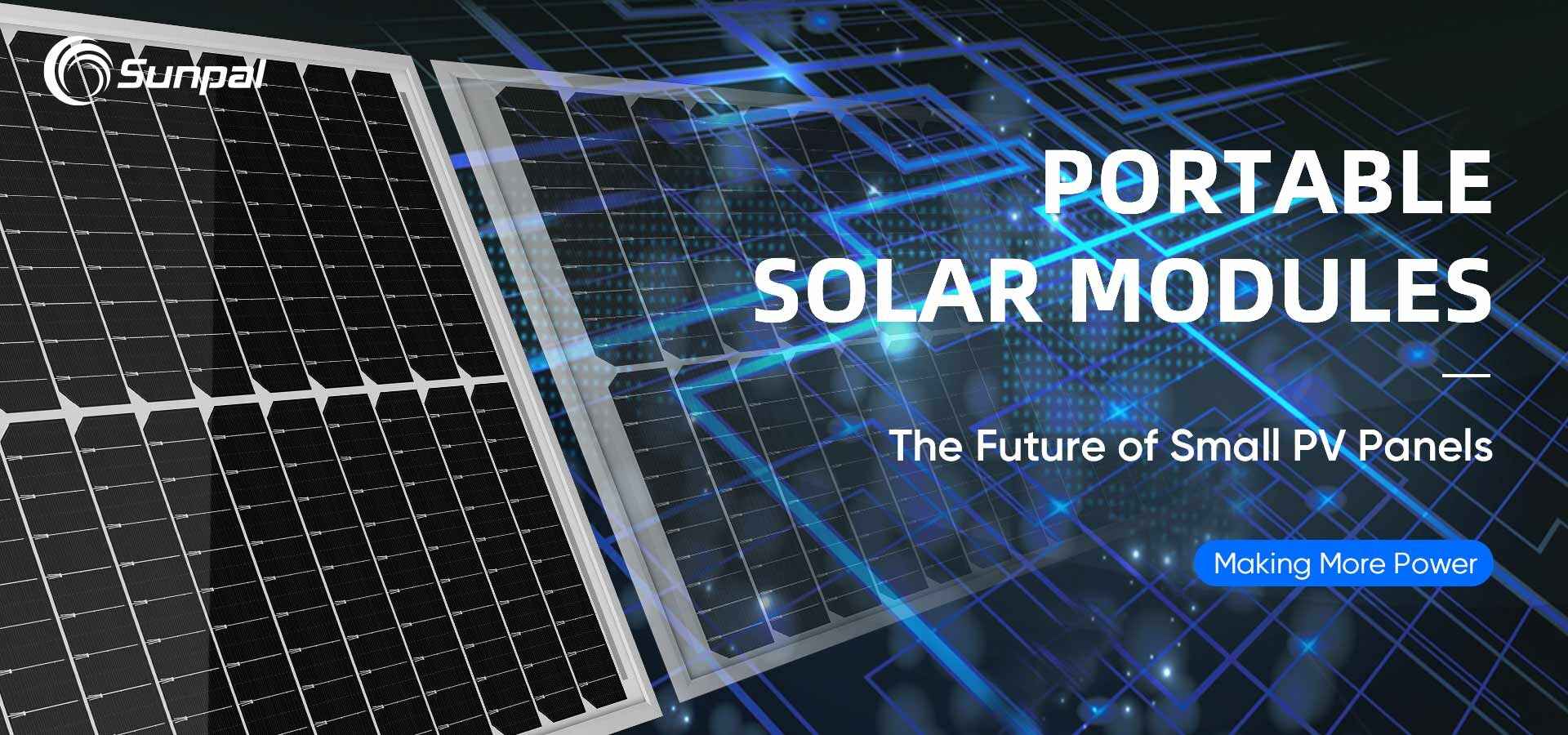

The world of solar technology is dynamic, ever-evolving, and incredibly fascinating. One particular development that is causing ripples of excitement in the industry is the introduction and rise of compact solar panels. Despite their small size, these devices are proving to be a formidable force in the renewable energy sector, especially when it comes to powering up small spaces. They bring a slew of advantages to the table - advantages that aren't limited to their size. This blog post aims to deep-dive into the world of compact solar panels, following the methods to explore their design, benefits, target users, optimal locations, adoption timelines, and implementation strategies.
Compact solar panels, often referred to as solar modules, have been designed with a specific purpose in mind - to provide a renewable energy solution in a package that's smaller and more manageable. These panels might vary in their design and size, but there's one thing they all share - they are significantly smaller than traditional solar panels, making them easier to install and manage. But don't let their small size fool you. Compact solar panels pack a punch that's so powerful, it often matches or even surpasses the power output and efficiency of their larger traditional counterparts.
The small size of these compact solar panels offers a plethora of advantages, especially in scenarios where space is a constraint. Their compact design makes it possible to install them in areas where larger, traditional panels wouldn't fit. This opens up new possibilities for solar energy utilization in urban areas, where rooftop space is limited. Additionally, compact solar panels are also cost-effective and efficient, often providing a better return on investment than larger solar modules. Their smaller size and reduced material usage contribute to a smaller environmental footprint, making them a champion for sustainability efforts.
The beauty of compact solar panels lies in their versatility. They can serve a wide range of users, from residential homeowners using them to power small appliances or supplement their home's energy supply, to commercial businesses and industrial manufacturers or suppliers implementing them to cut down energy costs and promote sustainability. The success stories of compact solar panel usage are numerous and varied, ranging from small businesses cutting their energy bills significantly, to large corporations successfully reducing their carbon footprint. The flexibility and adaptability of compact solar panels make them an attractive option for anyone looking to harness the power of the sun.
The versatility of compact solar panels extends to the variety of locations where they can be installed. They serve as an excellent solution for urban areas where space is at a premium. Rooftops of residential and commercial buildings can be transformed into mini power stations, generating clean energy and reducing reliance on the grid. Parking lots, which often have vast open spaces, can also be utilized by installing solar canopies or carport structures with integrated compact solar panels. In rural areas, where traditional power sources might be unreliable or even completely unavailable, compact solar panels can provide a reliable and sustainable energy solution. They can be seamlessly integrated into existing infrastructure, such as rooftops or parking lots, offering a flexible and adaptable solution to power needs.
Compact solar panels are not just a future prospect; they are a present reality. The technology behind these compact powerhouses is advancing at an impressive pace, and market trends indicate a growing demand for small, efficient solar solutions. The potential for growth in this sector is enormous, and stakeholders ranging from manufacturers and suppliers to consumers are recognizing and appreciating the benefits of these compact power generators. As the world becomes more conscious of the need for sustainable energy sources, the adoption of compact solar panels is expected to accelerate in the coming years.
The installation process for compact solar panels is typically straightforward, but it does call for some planning and preparation. It is essential to assess the energy needs of the location and determine the optimal size and capacity of the compact solar panels required. Additionally, factors such as shading, orientation, and tilt angle need to be considered to maximize the energy output. Maintenance requirements for these panels are usually minimal, but it's crucial to adhere to the manufacturer's guidelines to ensure the panels operate at peak efficiency. Regular cleaning and inspection can help prolong the lifespan of the panels and ensure optimal performance. With the right care and attention, compact panels can provide a reliable, sustainable power source for many years. Conclusion Compact solar panels represent a small but mighty force in the renewable energy landscape. Their versatile design, cost-effectiveness, and environmental benefits make them an appealing option for a wide range of users and locations. With ongoing technological advancements and a growing market, the future of solar power is brighter than ever. And it's not just bright; it's compact, efficient, and powerful. As we continue to embrace renewable energy solutions, compact solar panels will play a significant role in shaping a sustainable future. So, whether you're a homeowner, business owner, or simply an advocate for clean energy, it's time to explore the potential of compact solar panels and harness the power of the sun in a small but impactful way.